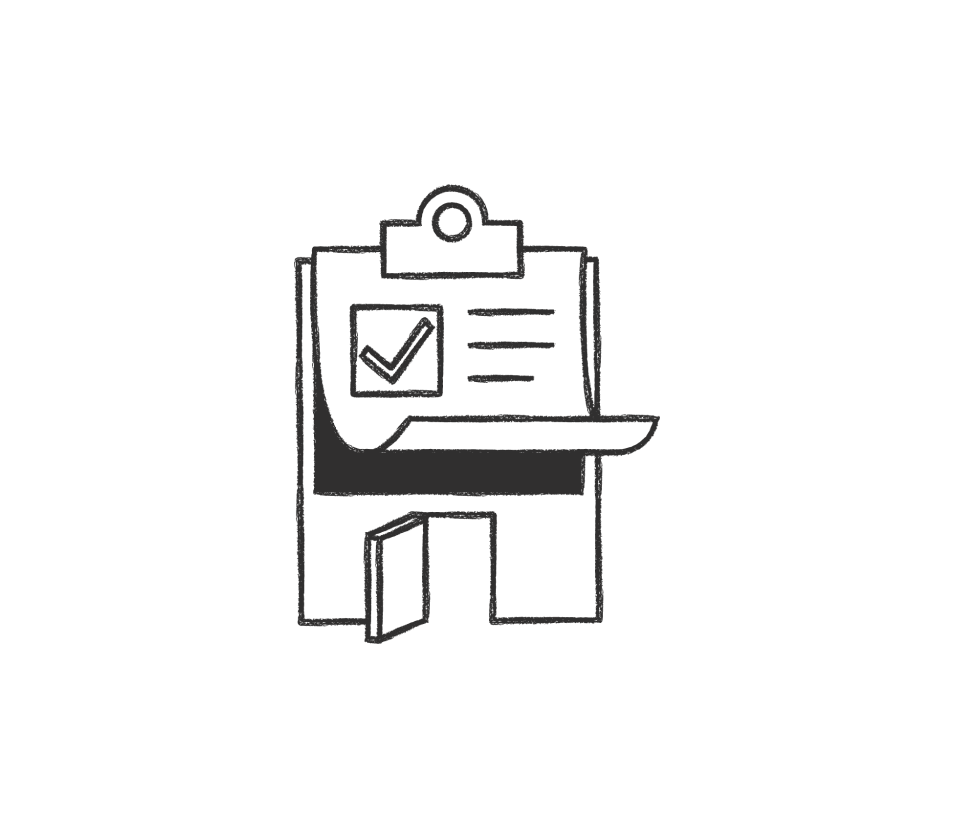Monthly Performance Review
Use this template as a joint document between employees and managers to assess the month's work and plan ahead for next month's progress.
Start with this docRelated templates

360° Performance Review
The Performance Review Template is designed to streamline your employee evaluation process, providing a comprehensive framework for self-reviews, peer feedback, and manager assessments. This template guides you through each step, from gathering accomplishments and identifying development areas to setting future goals. It ensures that performance reviews are thorough, constructive, and aligned with organizational objectives, fostering professional growth and team success.

Annual Performance Review
Conduct a yearly review of employee performance with this 1:1 meeting template

Company offsite
Gathering your team together in one place is a special time. Use this doc to plan out several days of activities including team bonding, workshops, and presentations; as well as more practical logistics such as travel, accomodations, and meals.